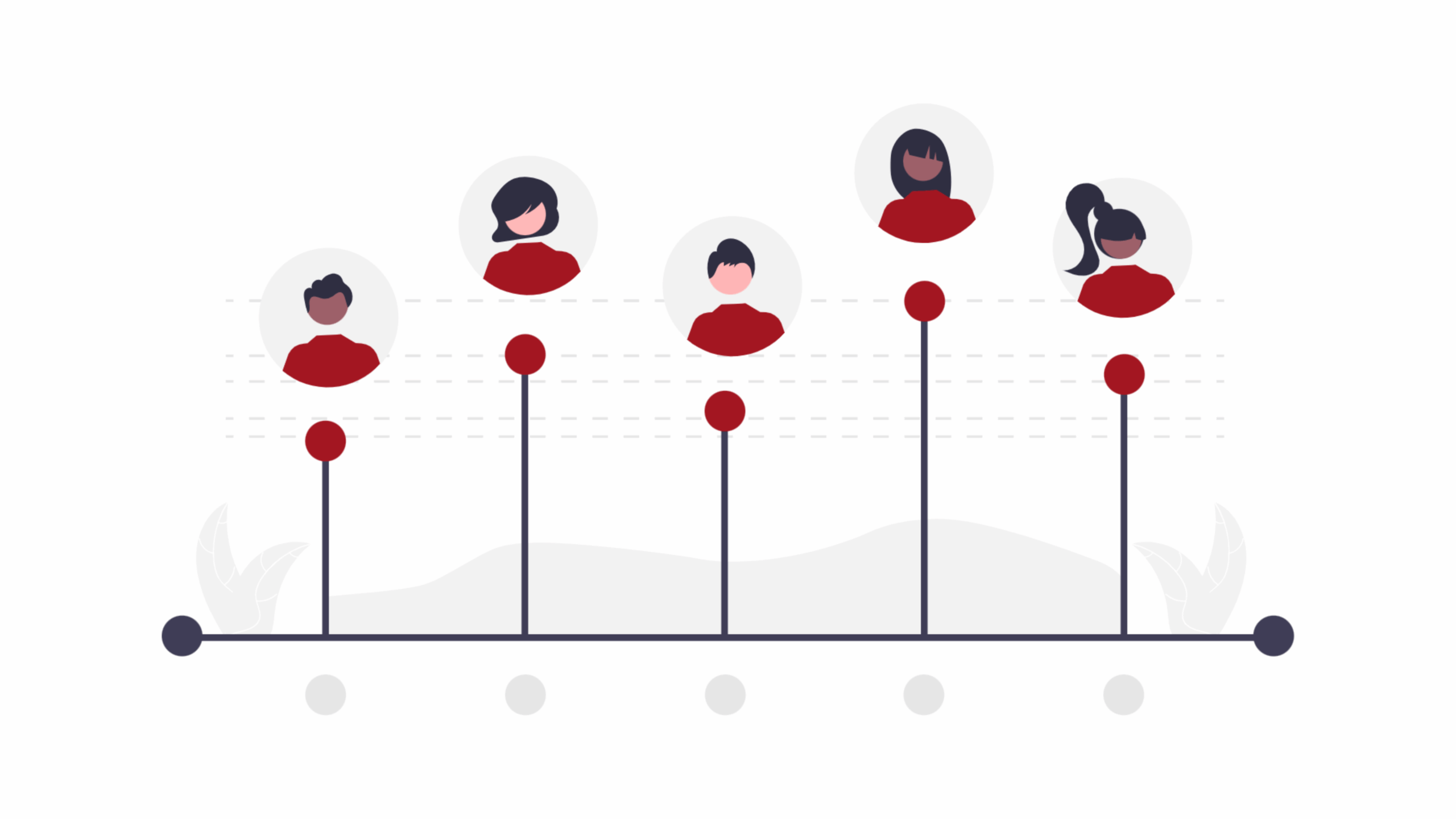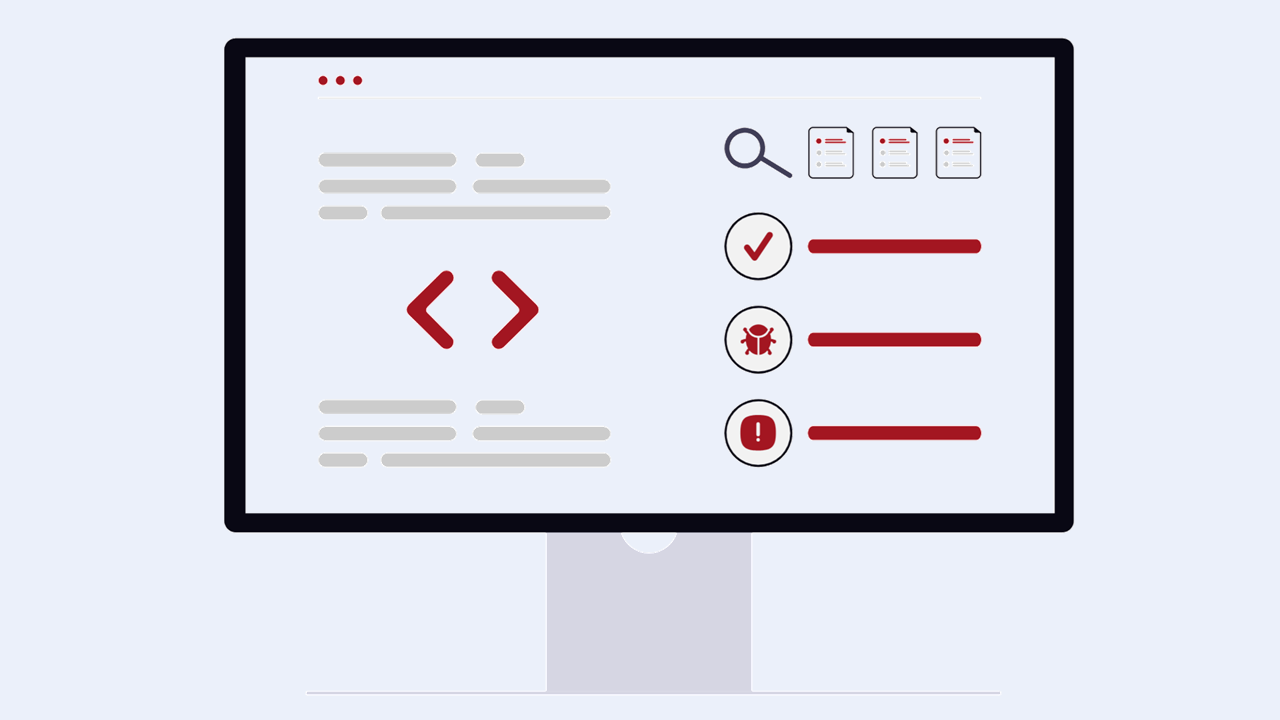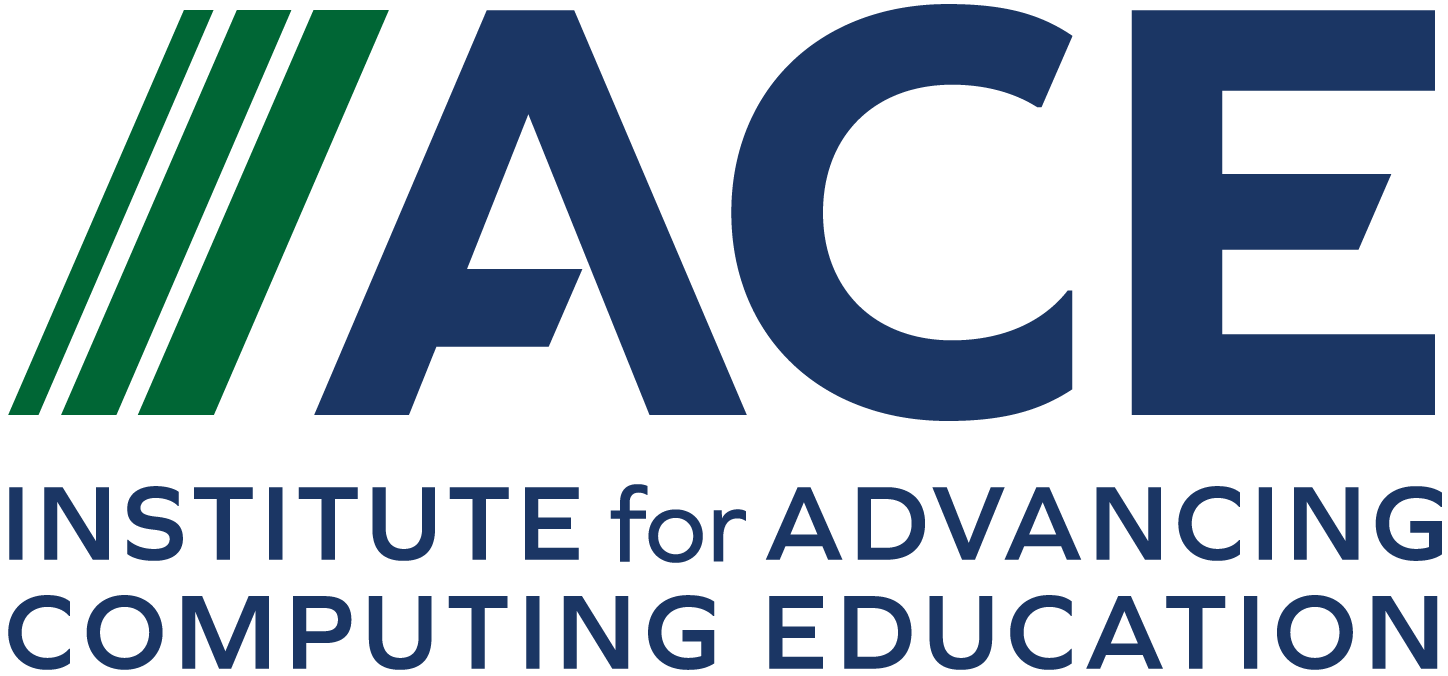
AI Pair Programming
instructional practices for high school computer science courses
AI Pair Programming is a research project supported by the U.S. National Science Foundation
We are studying students’ experiences when they pair program with AI and with a peer
Our goal is to understand when and how AI pair programming might be beneficial for students
Learn More

What is traditional pair programming?
Pair programming has been a staple of CS education for decades, offering a collaborative approach where one student writes code (the driver) while the other reviews and strategizes (the navigator). This method can enhance learning by fostering knowledge sharing, boosting confidence and enjoyment, improving programming assignment grades and exam scores, and strengthening communication skills.

What is AI pair programming?
AI pair programming involves one student engaging in pair programming with an AI tool that simulates a second “learner,” with the student and the AI taking turns as the driver and the navigator.

Is AI pair programming effective for learning?
This practice has only begun to be explored, presenting an opportunity to study its implementation and impacts. In this project, our team aims to identify the knowledge and skills students need to successfully engage in AI pair programming, focusing on learning about what practices are needed to support all students.

Research Design
We will study how two supportive practices — code reading and modulating trust in AI — influence students’ experiences with AI pair programming.
We will iteratively design and develop student-facing materials and accompanying professional learning materials to support AI pair programming, while examining the potential moderating effects of students’ prior programming knowledge and personality traits.
Institute for Advancing Computing Education
AI pair programming is a project of IACE, the Institute for Advancing Computing Education.
IACE is a nonprofit with the mission of advancing computing, AI, and cybersecurity education through rigorous research that strengthens student success and expands opportunities for all students.
